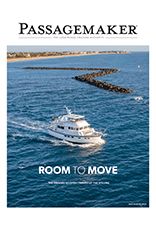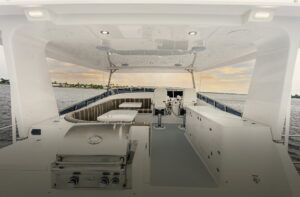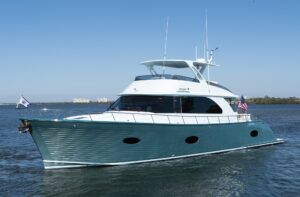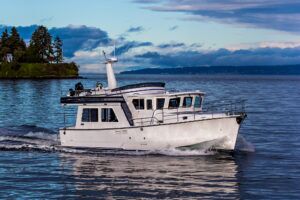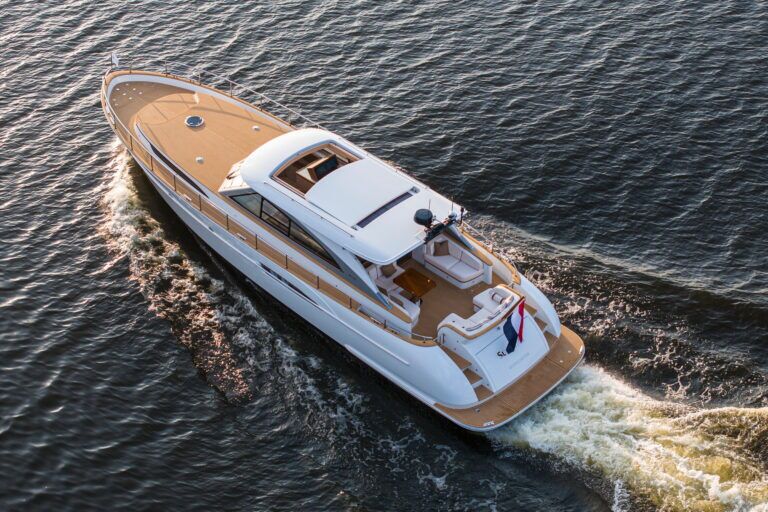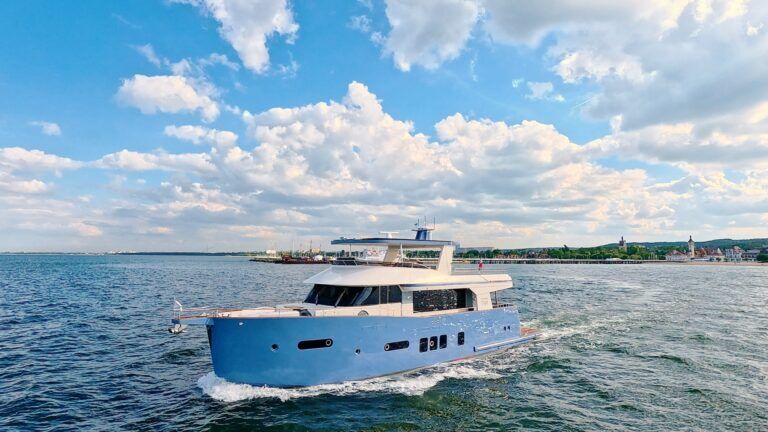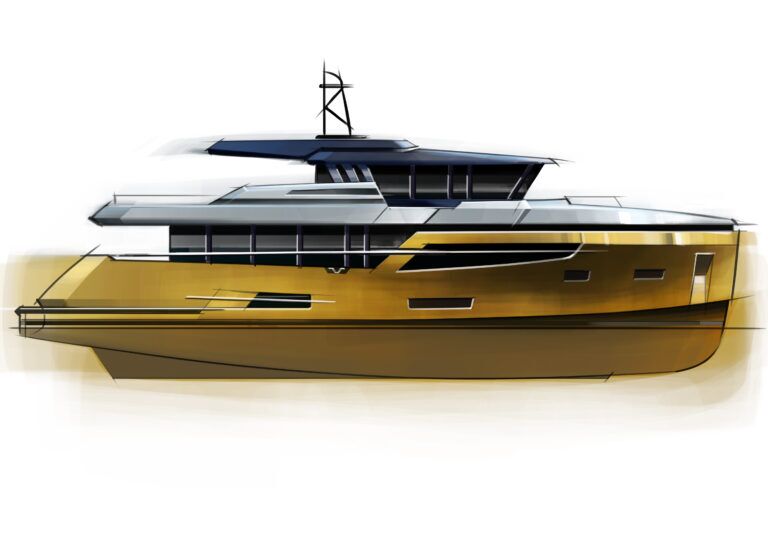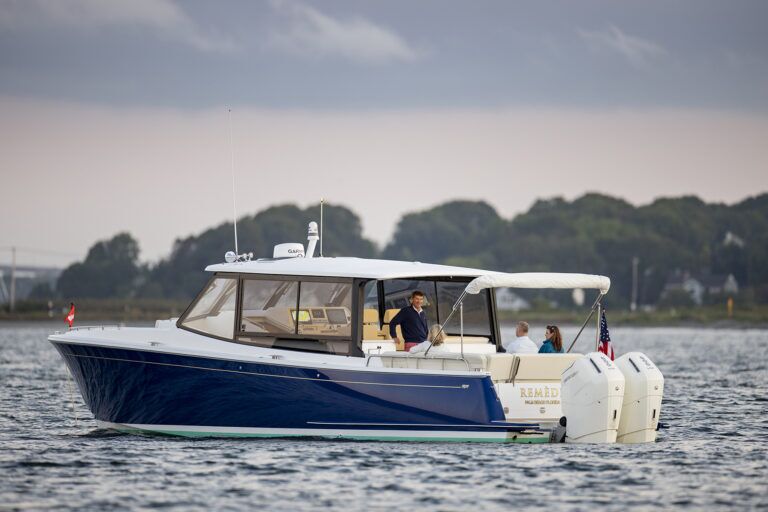
My wife drives a Toyota Prius, and we pretty much embrace the hybrid alternative as making lots of sense. While this particular vehicle may not be my first choice for a cross-country trip, it is ideal for her daily needs.
And she is not alone, as automotive hybrid technology has certainly evolved from its initial oddity to a mainstream form of transportation. Today, almost all car companies offer hybrid models.
German automakers at first resisted the hybrid trend because their engineers didn’t believe they had taken diesel engine technology as far as it could go. (In fact, Volkswagen and Mercedes partnered to develop the very efficient and clean BlueTEC diesel technology now found on many of their cars.)
Well, times have changed, and now Volkswagen is introducing hybrid cars into the world, beginning in the United States with the Jetta. Another familiar brand under the Volkswagen corporate umbrella, Porsche, will begin in September to sell a new hybrid supercar that will absolutely blow the minds of sports car buffs. The 918 hybrid is said to deliver 78 miles per gallon, incredible for a car that does 0–60 in three seconds, has a top speed over 200mph, and can hit 90mph under electric power.
This automotive introduction allows me to make two points. First, hybrid cars are no longer sluggish, curious vehicles driven mostly by tree huggers. The technology has gained traction and gets better every year. Driving shoes are no longer Birkenstocks.
The second point is that Volkswagen played a part in the story you’re about to read. VW was one of the research partners that developed the production marine hybrid diesel-electric system.
The significance of this shouldn’t be lost on the trawler community. These are big players with huge resources in industries where R&D is taken very seriously and goes way beyond what most gritty boatyard craftsmen can imagine. It is rather unique in the recreational marine industry.
Behind the project is the Slovenia-based Seaway Group. The company’s core mission is business-to-business design and development, and its Seaway Design clients include Prestige, Beneteau, Jeanneau, Bavaria, Windy, Sea Ray and Dufour, to name a few of its boatbuilders. Seaway Yachts was later created to take some of that design work and build boats within the Seaway Group.
One of Seaway Yachts’ projects is Greenline, the world’s first line of production hybrid-powered boats.
NEW 33-FOOTER
Rok Babarovic, sales manager for Seaway Yachts, explained that this venture came about when Seaway Design was tasked to develop a hybrid propulsion system for Group Beneteau. Early on Volkswagen joined the project, as the auto manufacturer was also keen to develop a diesel-electric hybrid system. The goal was to produce an environmentally friendly system to efficiently power boats (and, one might assume, cars), reducing both emissions and fuel usage.
Group Beneteau ultimately abandoned the project, so the Seaway Group decided to see if it could build a viable boat for the marketplace that used this new drive system. The Greenline 33 was introduced in 2009 in Europe, and the yacht division has since built 300 boats, winning many design and innovation awards along the way. While hybrid propulsion is an option in the Greenline 33, 60 percent of the boats are ordered with it. The standard boat has a single diesel.
There is now a larger Greenline 40, and soon there will be a 46-foot model to further explore the design concept. The company is also now ready to test U.S. waters. Will Americans’ acceptance of hybrid cars translate to hybrid boating?
I saw the Greenline 33 briefly in Annapolis, where it sat ready for a truck ride down to Florida for the Ft. Lauderdale Trawler Fest and the Miami TrawlerPort. As I walked around the covered boat, I noticed two long, thin fixed fins projecting down from each side of the hull. I later learned they are a form of stabilizer, helping the boat track, reducing roll and assisting in close-quarter maneuvering. The fins will break off if either comes in contact with a hard bottom or object, but they are easily replaced and do not affect the integrity of the hull.
The next time I saw the boat it was in the water, fresh from back-to-back boat shows, and it still had the boat show graphics on the hull. Denison Yacht’s Mike Kiely graciously showed me around.
Let me say at the outset that this is no passagemaker, nor is it a liveaboard cruiser for the trawler lifestyle. In Europe it is considered a niche boat, a sophisticated and unique craft that appeals to an older crowd, aging sailors among them. At the recent Miami show, Kiely found that interest was across the board and it was impossible to identify a specific target audience. Some couples already have their big trawler and are

now looking for a smaller second boat to use on local waters. Younger couples with kids view it as a great day boat, intrigued by the contemporary styling, innovation and technology. In Europe, the Greenline 33 competes directly against the Beneteau Swift Trawler 34, if that helps put it in perspective.
The Greenline 33 can do the Great Loop, as it is similar in size and capability to other 30-somethings, and the smaller tugs that seem all the rage. Small is big these days.
If the Greenline does not immediately fit your image of a trawler in the PassageMaker genre, bear with me. There is more to this boat than nice lines and innovative appointments.
My first impression is a fresh, sleek design with contemporary European style. Standing in the aft cockpit, I noticed the lines are chic—the aft bulkhead of the saloon swings up out of the way, resulting in the saloon

extending into the cockpit. The openness is quite pleasant, and with the fold-out extension leaf on the galley counter, the area becomes a very civilized and practical living space in nice weather.
The transom lowers electrically to lie flat, enlarging the cockpit even more, ideal when at anchor and the crew wants to swim or simply enjoy the surroundings. The boat’s openness is also enhanced by large saloon windows, some of which slide open.
The side decks are a bit narrow, only 12 inches wide, and with 28-inch-high bulwarks, I found it tight to move forward from the cockpit to the foredeck. (The larger Greenline yachts benefit from an asymmetrical layout to provide a wider side deck on the starboard side and increased living space in the saloon.)
There is plenty of headroom in the interior, 6 feet 4 inches at a minimum, and the light-colored laminate and cool colors help create a relaxing, comfortable living area. The galley comes standard with a large fridge and freezer, a microwave/convection oven, and an electric stove top. Storage is sufficient, but not overly so. Again, this is not a long-range cruiser, and extended provisioning is not necessary.
The saloon is roomy enough and comfortable, and the double helm seat can quickly convert to form the back of the saloon settee. Access to the engine space is under the saloon sole. A moveable table has a flip-up leaf to expand, and the table can be raised or lowered as required. Automotive tempered glass and LED lighting are standard.
The layout is what one would expect in a boat this size, with the master in the bow, and a combined head with shower to starboard. An interesting design feature is that

the master’s 85-inch-long V-berth is cleverly hinged so it can slide together to form a double berth. Nice idea. There are hanging lockers with shelves on both sides, as well as overhead lockers down both sides of the berth. A 16-inch square hatch is overhead.
LOW-DRAG HULL
The reported low drag of the Greenline hull is accomplished by using a sailboat-thin bow and a hull that gradually flattens out toward the stern. This hull form won’t achieve planing speeds but is very efficient under 15 knots. There is a very pronounced knuckle high above the sharp-edged bow, giving the forward interior volume and making the boat very dry as the bow cuts, rather than plows, through waves, which are thrown out to the sides.
The boat I was on is equipped with a Volkswagen TDI diesel engine rated at 165hp, now rebadged by VW as a 150hp engine, enough for a top speed of just over 12 knots during our test.
All Greenline yachts come with 230VAC systems, with inverters to adjust the voltage for U.S. shorepower. The stove, microwave and other appliances run off 110VAC, and there is intelligent energy management to

interface with the 48VDC and 12VDC batteries and circuits. It is a thoroughly modern integration of solar, shorepower, diesel, generator and lithium-ion battery technology.On just battery/solar power, we traveled at 4 knots (with a reported range of 20nm)—not exactly fast, but cruising slowly among the winding rows of yachts and homes along the New River, we were doing the same speed as everyone else, with a silent ride with no wake. Above 5 knots and the boat produces a wake. Electric mode is perfect for creek crawling and no-wake zones.
The Greenline 33 is a cool, innovative boat that draws approving smiles on the waterways.
I noted a few things I would like to see on the boat. The helm could benefit from a slightly larger wheel. There is also no practical provision for using charts. While couples can sit side by side on the helm chair, there is no space for chart books or guides. Given the forward thinking of the engineering at work at Seaway, perhaps we are the last generation to use paper charts anyway, given what today’s electronics have to offer. The boat comes standard with a Raymarine C120 plotter.
Running at 1700 rpm at 5.2 knots, indicated fuel burn was just 1.3gph. And visibility is outstanding from the helm seat, especially with the aft bulkhead up. I really like that feature.
When Kiely pushed the throttle up to high speed, the VW diesel (inside its optional sound enclosure) propelled us at just over 12 knots, the boat cleanly cutting into the confused chop of the Ft. Lauderdale inlet. In this mode the electric motor becomes a generator, recharging the lithium-ion batteries. The diesel powers both boat and generator simultaneously through a specially designed clutch.
Unlike a hybrid car, the Greenline 33’s operating modes are dictated by the person at the helm. Select diesel power, and the engine comes on. When you want to change modes to electric drive, you turn off the diesel and switch to the electric drive. Your iPad and helm instruments make the transition seamless, and the indicators on the monitor gauges go from red (diesel) to blue (electric). And, of course, there is the solar array to supplement the batteries. If the sun shines bright and you’re in no hurry, you can get there at slow speed using no fuel and emitting zero emissions.
CONSIDER THE POSSIBILITIES
How many hours have you idled in a channel waiting for a scheduled bridge opening, or stood off a fuel dock in a long line of waiting boats? Canal systems are notorious for long periods of, well, waiting. Wouldn’t this hybrid system be a great way to handle these situations, as well as long, slow motoring and close-quarter maneuvering?
The Greenline 33 is a nice breath of fresh thinking, and a comfortable and practical boat with flair and style.
Later, it got me thinking. A hybrid car performs automatically. Just put the lever in “D” and away you go—the onboard energy manager decides which power source to use, for how long, adjusting and changing automatically.
And that is what is so exciting about Seaway Groups’ creation. It’s not hard to imagine a fully automatic marine hybrid system. Maneuver out of the harbor into open water, point the bow toward distant lands while pushing the throttle forward, note the moment in the digital ship’s log, and the next journey begins…automatically.
This has to be the next step in the evolution of hybrid propulsion.
Improved fuel consumption through a more efficient hull shape, improved battery technology for electric propulsion, integrated diesel-electric interface, and solar propulsion, all wrapped up into a fantastic vision of the future.
Building a comfortable but serious cruising powerboat, one capable of exploring the world with very little impact on our ocean environment, is a seriously lofty goal: a trawler with extended range not because it carries thousands of gallons of fuel but because it uses hybrid technology. From my view, Seaway Group and its partners may well lead us in that direction. For the first time, I can really imagine such a wonderful achievement.
A hybrid passagemaker is very near the top of my wish list—a boat that sits quietly at anchor in the exotic anchorage, living in harmony with the many sailboats around it. A futuristic cruising home that is the embodiment of global stewardship.
It would also be a cool bonus if, when I got back on land, there was an Arctic white Porsche 918 to help me with errands and provisioning.
There’s An App For That
I breezed through the interior description of the Greenline 33 because the rest of the story is the good stuff. As I toured the boat, I kept seeing square black-and-white QR code labels attached to pieces of equipment in lockers or on bulkheads near the ship’s systems. I found QR codes in the anchor locker and engine room, on the ZF gears, inside the head vanity…what’s up with this?
Morftec is a company that provides mobile tech solutions to yacht builders. And its business is all about how things will be done in the future. Over the last couple of years, many commercial airlines have removed heavy volumes of books, manuals and charts aboard their aircraft, and have replaced such hefty documentation with iPads. I believe it began with Alaska Airlines, but most all airlines are going this way. It is time to go digital.
Flight crews now carry iPads that contain everything they need to safely fly commercial aircraft. In addition to saving weight aboard each aircraft, the iPad’s reliability and flexibility make it an ideal information platform.
In the same way, Morftec does that for the yacht builder. Everything is digitized and made available for the iPad: owner manuals, equipment manuals, everything. All documentation to go with a new boat is downloaded into an iPad app tailored to that boat. You simply download the free Greenline app from the iTunes App Store, pair your iPad with the server the builder has installed on the new boat, and voilà! You have access to specs, wiring diagrams, maintenance logs and schedules, operation instructions—anything the builder feels you should have.
Of course, the big caveat is that the app’s value is only as good as its content. I found numerous language errors and omissions in the owner’s manual, but that is fixable and does not detract from the viability of the system concept. Point your iPad at a QR code label, snap a picture, and you are taken to the applicable section in the owner’s manual.
In addition, the Greenline app syncs with engine data, battery management, depth sounder, tank levels, electronics…whatever is considered helpful to running the boat. And it is full of possibilities for customized alarms.
Morftec says it is in talks with other builders to add the QR code system to their boats. It’s a great idea.

TEST CONDITIONS
Air temperature: 73.4°F; Seas: 1 foot; Wind speed 8 knots; Load: 32 U.S. gal. fuel, 26 U.S. gal. water, two people aboard, misc. gear. Speeds are two-way averages measured by Raymarine GPS. Range is approximate, based on 90 percent of advertised fuel capacity.
RPM KNOTS GPH RANGE
1000 4.1 0.45 1,084
1600 6.1 0.98 741
2000 7.3 1.77 491
2400 8.4 2.48 403
3000 9.5 3.83 295
3200 10.4 4.52 274
3800 12.8 7.16 213
4032 13.9 8.58 193
